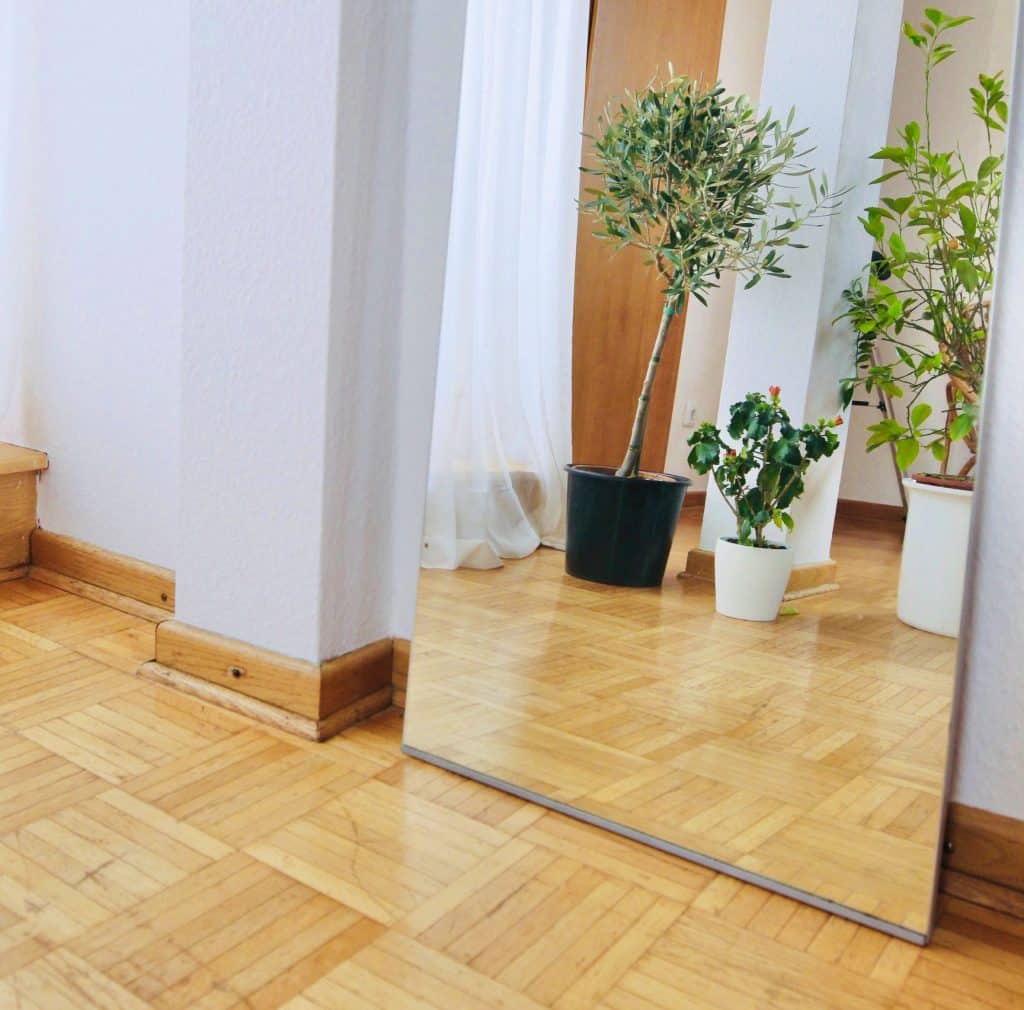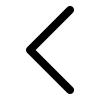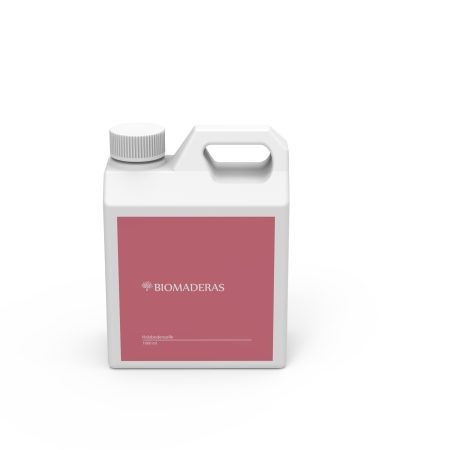
CONSULTATION » PARQUET »Parquet laying pattern
Parquet laying pattern
In addition to choosing the type of wood, choosing the right laying pattern plays the most important role when laying your parquet. Each laying pattern has a different effect and can give the room very different characters.
Wild Association herringbone pattern cube association Classic patternsWild bandage, simple and authentic
The wild bandage is the laying pattern, which is sometimes the easiest to lay. Especially for short planks or parquet, which is supplied in random lengths, i.e. with planks of different lengths, the wild bond is very suitable. Here, the planks are simply laid in parallel rows, with no attention being paid to the regularity of the joints. This makes laying very easy, as planks only need to be adjusted at the end of the rows. The best-known representative of this type of laying is the classic one ship bottom, which is laid using strip parquet.
Contrary to what the name might suggest, the wild association ensures that the parquet floor is unique and authentic in the end. This allows you to make the room truly unique. You can also combine the planks in one for more regularity english association laid, with the joints always lying on half of the floorboard above.


Herringbone pattern, always new in trend
The herringbone pattern has a long tradition in laying parquet and can be found in many historic buildings. However, it is not old-fashioned and is always a new trend. The laying pattern consisting of diagonally arranged planks is usually only laid with strip parquet planks, as these have the corresponding filigree format that is required for this.
The planks can either butt together at the corners, adjusted to 45 degrees, or the short sides can be placed uncut against the adjacent plank (as shown in the picture). In addition to the single herringbone pattern, there are also double or triple herringbone patterns. It is important for all variants that you pay attention to the differently manufactured sticks for this pattern (left and right sticks).
Even if this type of laying is relatively complex and expensive, it is still popular and works best in large rooms.
Cube association, striking and yet harmonious
With the cube bond (formerly also panel bond), individual parquet strips are combined in squares, which alternate in the laying direction. Since the resulting pattern is reminiscent of a chessboard, so will it Checkerboard pattern called. Similar to the herringbone pattern, this laying pattern is also an eye-catcher and relatively conspicuous. Nevertheless, it can have a harmonious effect in both smaller and larger rooms.
The cube bond can only be laid with hard parquet and here, too, the laying is relatively complex compared to, for example, the wild or English bond. However, the advantage of the alternating laying direction of the individual bars is that you do not have to worry about the laying direction.


Traditional laying patterns, complex and rare
Depending on the manual skills of the laying person, there are no optical limits to the laying pattern. Parquet floors with complex laying patterns can be found in historical buildings and castles in particular. Some of the simpler traditional patterns in this regard include the ladder association or the old German association. However, complex mosaic patterns, in which each plank has to be individually adapted, require a lot of skill.
Due to the high laying effort of many classic laying patterns, these are rarely found nowadays. Nevertheless, even today, a well-trained parquet installer is able to lay complicated patterns. However, keep in mind that this complex installation has its price.











